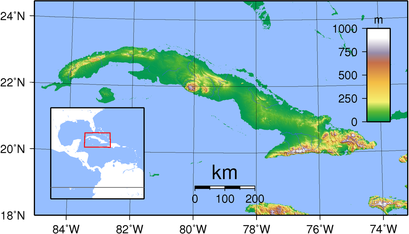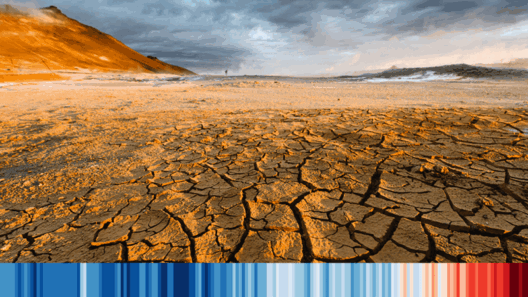Cuba, the jewel of the Caribbean, is not only renowned for its vibrant culture and rich history but also captivates visitors with its extraordinary climate. The fusion of sun, rain, and mild Caribbean breezes creates an environment that is as alluring as it is complex. Understanding Cuba’s climate involves more than just discussing temperatures and rainfall; it requires an exploration of how these elements intertwine to shape the island’s ecology, agriculture, and everyday life.
In essence, the climate of Cuba is a tropical one, classified as tropical maritime, characterized by high humidity, distinct wet and dry seasons, and a temperate range that varies little throughout the year. However, to truly appreciate the intricacies of this climate, we need to delve deeper into its seasonal variations, geographical influences, and its implications for the residents and ecology of this Caribbean paradise.
As with many tropical regions, Cuba embraces two primary seasons: the dry season and the wet season. The dry season usually spans from November to April. This period is marked by lower humidity levels and a prevalence of sunny days. The intensity of the sun during this time, especially in the later months leading to spring, infuses the island with warmth, making it an attractive destination for tourists seeking to escape colder climates. While the days are generally sunny, the nights experience a cooling trend, offering a respite from daytime heat. It is during the evenings that the famous Caribbean breezes become pronounced, providing comfort and a sense of tranquility.
In stark contrast, the wet season, extending from May to October, unleashes a deluge of rain, which transforms the landscape into a lush, green utopia. Showers often fall in the form of intense thunderstorms, dramatically replenishing the soil and nurturing the flora. It is not uncommon for these rains to arrive in a sudden and fierce downpour, followed shortly by the return of sunshine, creating the quintessential tropical cycle of sun and rain. Such precipitation is not merely a nuisance for locals; rather, it is vital for agriculture, especially for crops like sugarcane, tobacco, and coffee. Water sustains these vital industries that have historically shaped Cuba’s economy and continue to influence its cultural identity.
The coastal geography of Cuba significantly contributes to its climate. Surrounded by the Caribbean Sea and the Gulf of Mexico, the country’s climate is moderated by these vast bodies of water. The ocean acts as a thermal reservoir, stabilizing temperatures and helping to maintain a relatively mild environment throughout the year. This maritime influence also means that Cuba experiences its share of tropical storms and hurricanes, especially from June to November. Although these severe weather events can be destructive, they are also an essential natural part of the climate system that helps to maintain ecological balance.
Taking a moment to reflect on the broader implications of Cuba’s climate, it is poignant to note how environmental patterns affect not just the natural landscape but also cultural traditions and community life. The rhythms of daily existence are often dictated by climatic conditions. For instance, the harvest seasons are intricately aligned with the rains, and festivals frequently celebrate the onset of dry or wet periods, showcasing the deep ties between the land and its people.
Beyond the socio-cultural facets, Cuba’s climate plays a crucial role in biodiversity and conservation. It supports diverse ecosystems from lush rainforests to arid areas and unique wetlands. This variety is essential for myriad species of plants and animals. Particularly noteworthy are the endemic species that have adapted to thrive in Cuba’s specific climate, further underscoring the island’s ecological significance. However, the reliability of these climates is increasingly under threat due to climate change, raising concerns about future impacts on biodiversity, agriculture, and the daily lives of Cubans.
Additionally, the tropical climate of Cuba attracts a myriad of ecotourists, drawn not just by the beaches but the rich ecosystems found inland. Efforts to promote sustainable tourism practices highlight the importance of conserving the delicate balance of nature in light of increasing visitor numbers. Such initiatives serve a dual purpose: they protect natural resources and bolster local economies, creating a robust avenue for community engagement and environmental stewardship.
In conclusion, the climate of Cuba is a captivating amalgamation of sun, rain, and breezes that significantly influences the island’s ecology, socio-cultural practices, and economic activities. The rhythm of life in Cuba is intimately connections to the climatic patterns that define it. As the island faces the dual challenges of adaptation and preservation in the face of climate change, understanding its climatic intricacies becomes essential to fostering a sustainable future for the land and its people.






